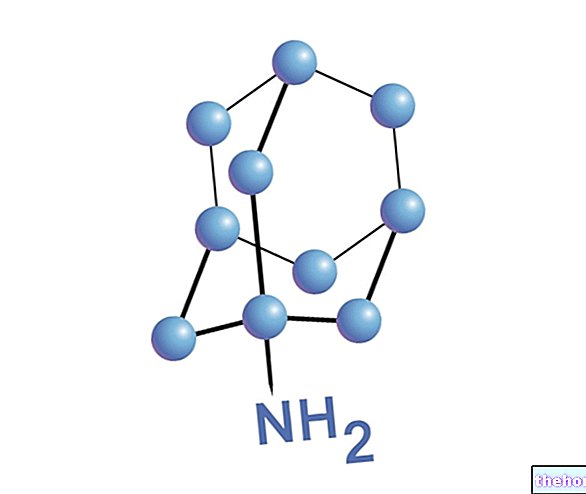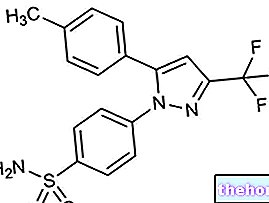Definition
Trigeminal neuralgia is a chronic neuropathic disorder characterized by intense facial pain in the areas innervated by the fifth cranial nerve, otherwise known as trigeminal.
The trigeminal innervates both the right and the left side of the face. However, it is rare for patients with trigeminal neuralgia to experience pain on both sides of the face. In fact, in most cases, the pain is one-sided.
If not properly treated, trigeminal neuralgia worsens more and more over time, having a very negative impact on the lives of patients who suffer from it.
Causes
In most cases, trigeminal neuralgia is triggered by a compression of the trigeminal nerve itself, caused by the contact between the latter and a blood vessel that runs close to it. Repeated compression can cause erosion of the myelin sheath that covers the nerve, thus causing an alteration in the conduction of nerve impulses.
Damage to the myelin sheath, however, can also be caused by other pathologies and disorders such as, for example, multiple sclerosis, some blood vessel abnormalities such as aneurysms, cyst formation, stroke, neoplastic pathologies or complications following infections caused by Shingles.
The attack of neuralgia can be triggered by simple actions, such as talking, chewing, or brushing the teeth.
Symptoms
The symptom that characterizes trigeminal neuralgia is that sudden and intense pain that affects certain areas of the face, such as the jaw, cheek, upper jaw, eye or forehead.
In addition, tingling and / or numbness may also occur before the onset of pain. The duration of the neuralgic attack can vary from a few seconds up to two minutes, or it can be repeated several times during the day.
Other symptoms that may occur in patients suffering from trigeminal neuralgia are tinnitus, ear pain, eye pain, photophobia, pain when chewing, paraesthesia and muscle spasms.
Finally, in some cases, trigeminal neuralgia can have such a negative impact on the patient's life, so much so as to favor the development of depression.
The information on Trigeminal Neuralgia - Drugs and Treatments is not intended to replace the direct relationship between health professional and patient. Always consult your doctor and / or specialist before taking Trigeminal Neuralgia - Drugs and Treatments.
Medicines
First-line treatment for trigeminal neuralgia is pharmacological. The drugs that are routinely prescribed are anticonvulsants and antidepressants, as they are particularly effective in treating neuropathic pain.
In cases where the drug treatment is ineffective and in the most serious cases, however, the doctor may decide to resort to surgery, intervening on the blood vessels that exert compression on the trigeminal nerve.
If the neuralgia is caused by other pathologies or disorders, then it is necessary to treat the primary cause that caused the onset of the disorder.

The following are the classes of drugs most used in the therapy against trigeminal neuralgia and some examples of pharmacological specialties; it is up to the doctor to choose the active ingredient and dosage most suitable for the patient, based on the severity of the disease, the state of health of the patient and his response to treatment.
Anticonvulsants
The anticonvulsants are drugs normally used in the treatment of epilepsy, but which are also particularly useful in treating neuropathic pain. The anticonvulsants, in fact, are the treatment of first choice in patients suffering from this disorder. However, due to the side effects that these drugs can cause, their use should only be under the strict supervision of the doctor.
Among the most used active ingredients, we remember:
- Carbamazepine (Tegretol ®): Carbamazepine is the anticonvulsant most used in the treatment of trigeminal neuralgia. It is available for oral administration in the form of tablets. The starting dose usually used in adults is 200-400 mg of the drug per day. This dose can be increased until the pain subsides and then be reduced again to achieve the lowest effective dose to maintain symptom control, while elderly patients are given lower doses of the drug.
- Gabapentin (Neurontin ®): For the treatment of neuropathic pain, the starting dose of gababentin that is usually administered is 300-900 mg per day. Thereafter, the doctor may decide to increase the dose of drug administered, until the most appropriate maintenance dose for each patient is reached.
Tricyclic antidepressants
Tricyclic antidepressants may also be useful in treating trigeminal neuralgia, but are often used to treat depression that can occur in association with neuropathic pain.
Among these drugs, we remember:
- Amitriptyline (Laroxyl ®): The starting dose of amitriptyline usually used for the treatment of neuropathic pain is 12.5-25 mg per day. Thereafter, the doctor may increase the dose of medication to be taken, until the optimal maintenance dosage is reached for each individual patient.




























